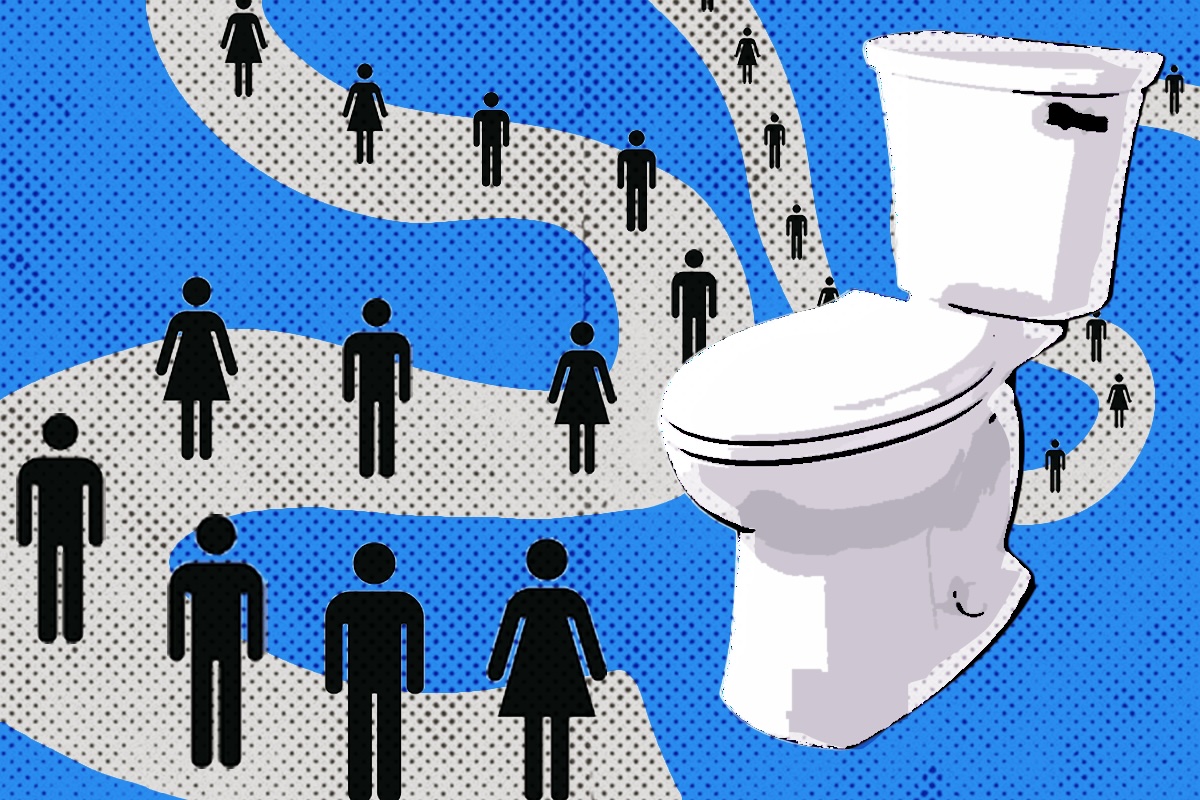As Fordham students, one of the greatest luxuries we have in New York City is not worrying about finding restrooms. Once we step off campus, however, the chances of accessing a restroom while walking around the city are low, and clean public restrooms are few and far between.
According to a city council report, there are more than 1,400 public restrooms throughout New York City. While that may sound like a large number, it is minuscule compared to the eight million residents, a figure that excludes tourists. People in New York face Bryant Park’s never-ending line to the restroom, establishments with “no public restroom” signs on their front doors, or, my personal favorite, stores that require you to pay a fee or buy one of their goods to use their restroom.
The lack of accessible public restrooms has led to forums and websites that reveal tips and hacks for locating public restrooms throughout New York City, but this should not be necessary.
The park restrooms were deemed health hazards, as 40% of the restrooms had prevalent litter and 23% had unsanitary conditions, including “bodily fluids on surfaces.”
While it is frustrating to be met with a code lock on a door, it is only mandatory for a company to give access to their restroom if someone has a medical condition. According to NYC311, a food establishment that “has 20 or more seats and opened after 1977 … must provide a toilet for its customers.” However, they are “not required to allow public access to their employee toilets.” Unsurprisingly, restaurants in New York City have taken advantage of this policy, with most only allowing paying customers to use their restrooms.
While some New York City parks have restrooms that are somewhat accessible to the public, they are far from ideal. This past September, the New York City Council’s investigation revealed that two-thirds of the 102 public restrooms within the parks were in poor condition. The park restrooms were deemed health hazards, as 40% of the restrooms had prevalent litter and 23% had unsanitary conditions, including “bodily fluids on surfaces.” Other health issues included a lack of toilet paper, garbage cans and disposable bins for menstrual products.
Given the poor sanitary conditions of public restrooms in the parks and the inaccessibility of restaurant restrooms, it is no surprise that New York City is ranked 93rd out of 100 American cities for accessible bathrooms, according to the Manhattan Borough President’s website on public bathroom access initiatives.
Local officials and advocates are pushing for cleaner, more accessible public restrooms by arguing that bathroom usage is a basic human right. People in New York City spend a lot of time outdoors, and considering that according to the advocacy organization, the Coalition for Homelessness an estimated 350,000 people in New York City do not have homes, bathrooms do not adequately meet the population’s needs. Everyone’s situation is different, and we cannot assume that everyone in the city can rely on a private institution to provide a bathroom for them.
In June, New York City Mayor Eric Adams announced that the New York City’s Department of Parks and Recreation will create 46 new restrooms while refurbishing 36 pre-existing restrooms across all five boroughs.
While his status as mayor remains unclear after his indictment in September, we can only hope to see an improvement in access to public restrooms throughout the city. In such a populated city, residents search far and wide to use a restroom, an act that should be considered a fundamental human right.

